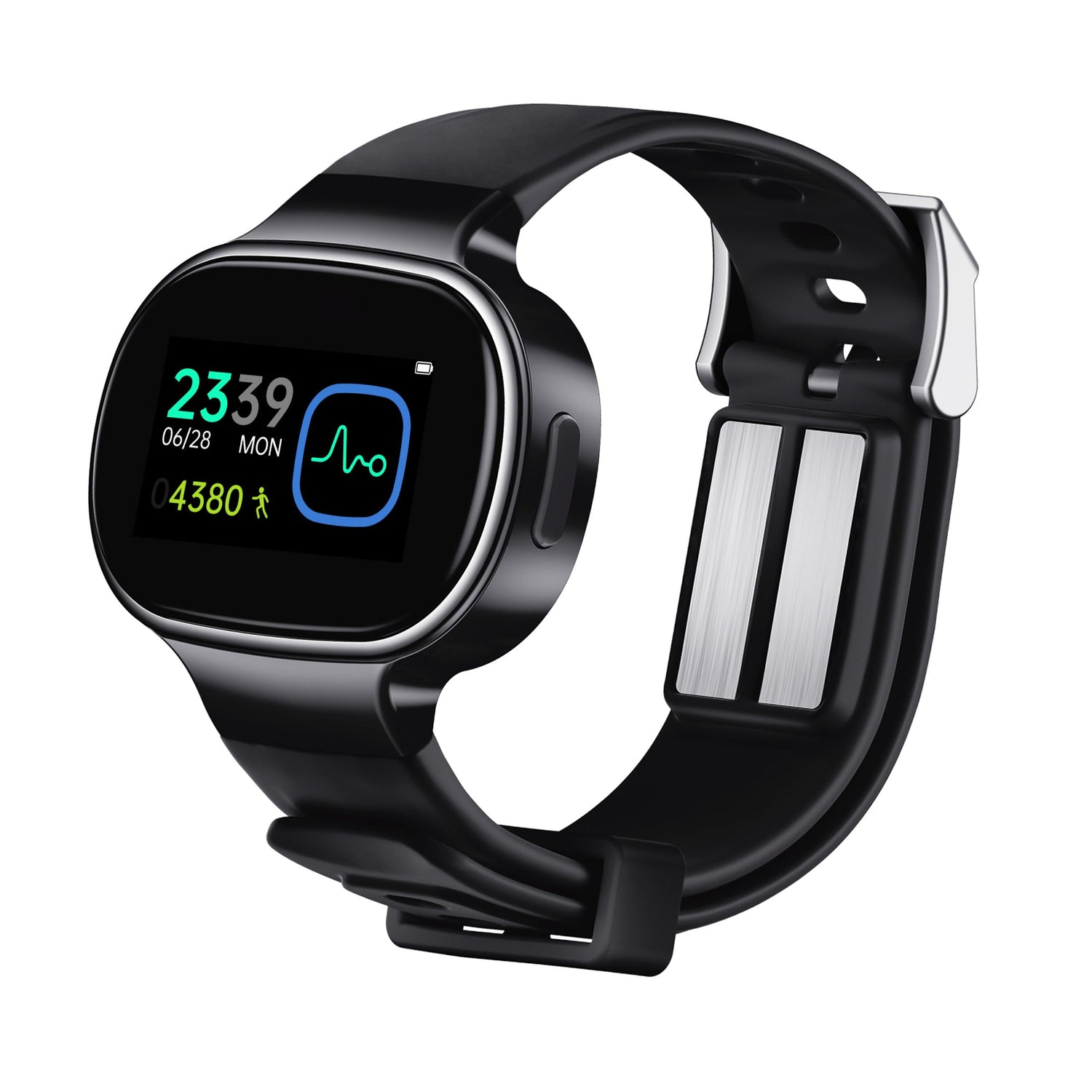In recent months, Black Myth: Wukong, an epic 3D game inspired by Chinese mythology, has taken the gaming world by storm. With its stunning visuals, intense gameplay, and immersive storyline, it is no wonder players across the globe are flocking to experience this new adventure. From the dynamic combat mechanics to the beautifully crafted characters, everything about Black Myth: Wukong screams next-gen gaming. However, not all players are enjoying a smooth ride. Some are reporting an unexpected challenge: feeling dizzy, nauseous, or even physically ill after playing for a while. This discomfort has left many wondering what’s going on.

These symptoms are not uncommon among players of 3D games, and they have a name: 3D motion sickness, or "cybersickness". This phenomenon occurs when your brain receives conflicting signals from your eyes and body. While your character is moving on the screen, your body is stationary, leading to confusion in your sensory system. The result? Dizziness, headaches, nausea, and sometimes vomiting. Unfortunately, this issue can affect players of all levels, from casual gamers to seasoned pros.
So, what exactly is 3D motion sickness? At its core, it is a form of motion sickness that occurs without actual physical movement. In traditional motion sickness, like when riding in a car or on a boat, the inner ear senses movement while your eyes may not see much change, causing a disconnect between the two senses. In cybersickness, the reverse happens—your eyes perceive rapid movement in the game, but your body remains still. This mismatch in sensory input can trick your brain into thinking something is wrong, triggering symptoms similar to motion sickness.
While 3D motion sickness can be frustrating, there are ways to manage and even prevent these symptoms. One of the most innovative solutions is the EmeTerm wristband, designed to relieve nausea and dizziness without the need for medication. The wristband works by sending gentle electrical impulses to the nerves on your wrist, which helps block the signals that cause nausea and vomiting. This method, known as neuromodulation, is a drug-free alternative to traditional motion sickness pills, making it a safer option for gamers who want relief without the side effects of medications like drowsiness or dry mouth.

Why choose a wristband over medication? For starters, the EmeTerm wristband is non-invasive and can be worn for extended periods without causing fatigue or other side effects. It is also quick to activate, providing relief within minutes of use, and can be worn during long gaming sessions without losing effectiveness. Plus, unlike medications that require dosing at specific times, the EmeTerm can be used on demand, making it more flexible for gamers who might not experience symptoms until later in their playtime.
In addition to using an anti-nausea wristband like EmeTerm, there are several other effective strategies to combat cybersickness. Regular breaks are crucial; taking a 5 to 10-minute break every 30 to 60 minutes of gameplay can help reset your body’s sense of balance and alleviate strain on your eyes. Research shows that this practice reduces symptoms of motion sickness by giving your sensory system a chance to recalibrate.
Adjusting in-game settings can also significantly reduce discomfort. For instance, reducing motion blur by 50% and adjusting the field of view (FOV) to a wider angle (around 100 degrees) can help decrease the feeling of disorientation. Lowering camera sensitivity and turning off head bobbing features can further mitigate nausea, as these settings often contribute to sensory overload.
Additionally, playing in a well-lit room can lessen the contrast between the screen and your surroundings, which helps reduce eye strain. Keeping a distance of at least 24 inches from the screen is recommended, as sitting too close can intensify the feeling of vertigo and nausea. Ensuring that your screen is at eye level and using a monitor with a high refresh rate (at least 120Hz) can also make a difference, as it reduces flicker and motion blur, both of which are linked to cybersickness.
In conclusion, while Black Myth: Wukong and other 3D games offer incredible worlds to explore, some players may find themselves battling cybersickness along the way. Understanding what 3D motion sickness is and how to manage it is the first step toward an uninterrupted gaming experience. With solutions like the EmeTerm wristband and simple adjustments to your gaming setup, you can continue to enjoy your favorite games without the unwanted side effects. So gear up, stay safe, and keep exploring those virtual worlds—headache-free!
References

